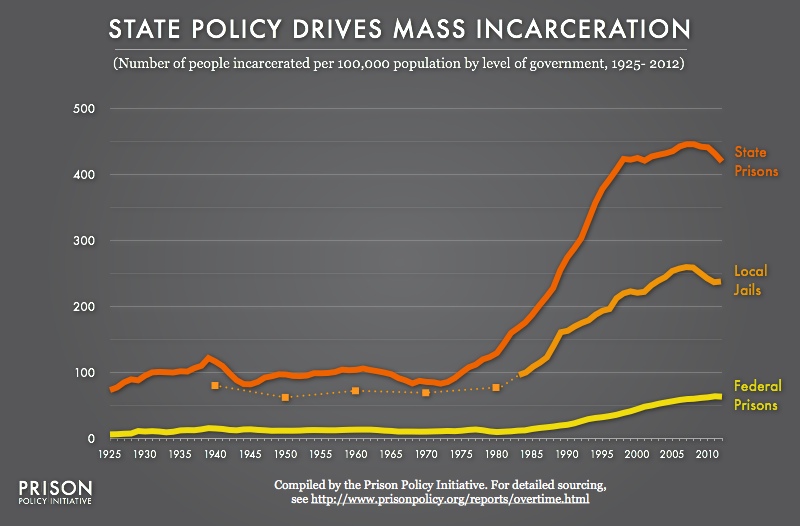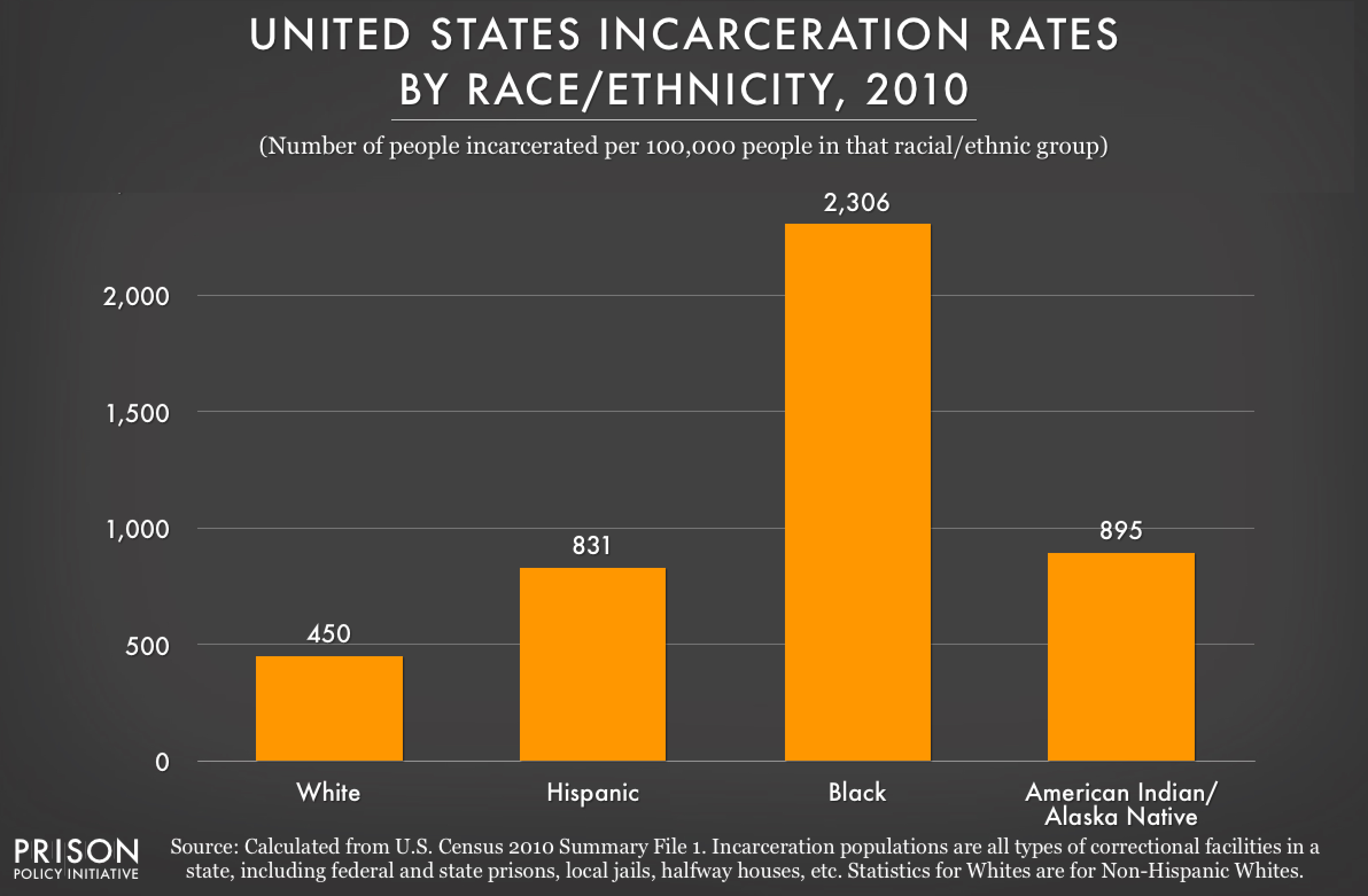Should a one-point difference in I.Q. mean the death penalty? SCOTUS says no.
Supreme Court struck down Florida decision that Freddie Lee Hall was eligible for execution with an IQ score of 71, above the cutoff of disability at 70.
by Bernadette Rabuy, May 28, 2014
On Tuesday, May 27, 2014, the United States Supreme Court struck down Florida’s strict use of an I.Q. cutoff as a legitimate way to decide which mentally disabled individuals must be spared from the death penalty. In a 5-to-4 decision, the Supreme Court ruled that Florida was in violation of the Eighth Amendment’s prohibition of cruel and unusual punishment.
In a 2002 Supreme Court case, Atkins v. Virginia, the Supreme Court gave states general guidelines for determining intellectual disability: low I.Q. scores, a lack of fundamental social and practical skills, and the presence of both conditions before age 18. Furthermore, while the Supreme Court left the specific qualifications to the states, it did assert that I.Q. scores under approximately 70 typically indicate disability.
On Tuesday, the Supreme Court further curbed the use of the death penalty. While in a 2012 decision the Florida Supreme Court ruled that Mr. Freddie Lee Hall was eligible to be executed since he had been measured with I.Q. scores of 71, 73, and 80, on Tuesday Justice Kennedy disagreed with the Florida Supreme Court arguing that intellectual disability should not be boiled down to a rigid number and should be understood as a more complex condition. As Hofstra law professor Eric M. Freedman states, “death row inmates commonly suffer from multidimensional mental problems.” This ruling will affect other states with similar cutoffs, such as Kentucky, Virginia, and Alabama.
Tuesday’s Supreme Court decision is reflective of recent discussions to further limit the use of the death penalty, which Justice Kennedy called the “gravest sentence our society may impose.” A recent study by Samuel Gross, a law professor at the University of Michigan Law School, found that more than 4% of all defendants who have been sentenced to death are likely innocent. Gross explains that while the number of innocent people who have been executed is fairly low, it is more common for innocent defendants to be sentenced to prison for life and be forgotten. This issue is exacerbated by the fact that prisoners who are awaiting execution on death row receive more intense scrutiny than prisoners whose sentences are reduced to life in prison. As there is further examination of the death penalty, it is important to additionally examine those serving life sentences, especially since one of every nine state prisoners is serving a life sentence.
Even though Justice Kennedy wrote that Mr. Freddie Lee Hall may or may not be intellectually disabled, Mr. Hall will have the opportunity to present evidence of his intellectual disability and receive a new assessment by the lower courts. Careful examination of the death penalty and life in prison are essential in order to maintain, what Justice Kennedy called, “our nation’s commitment to dignity.”
 Breaking Down Mass Incarceration in the 2010 Census:
Breaking Down Mass Incarceration in the 2010 Census:





